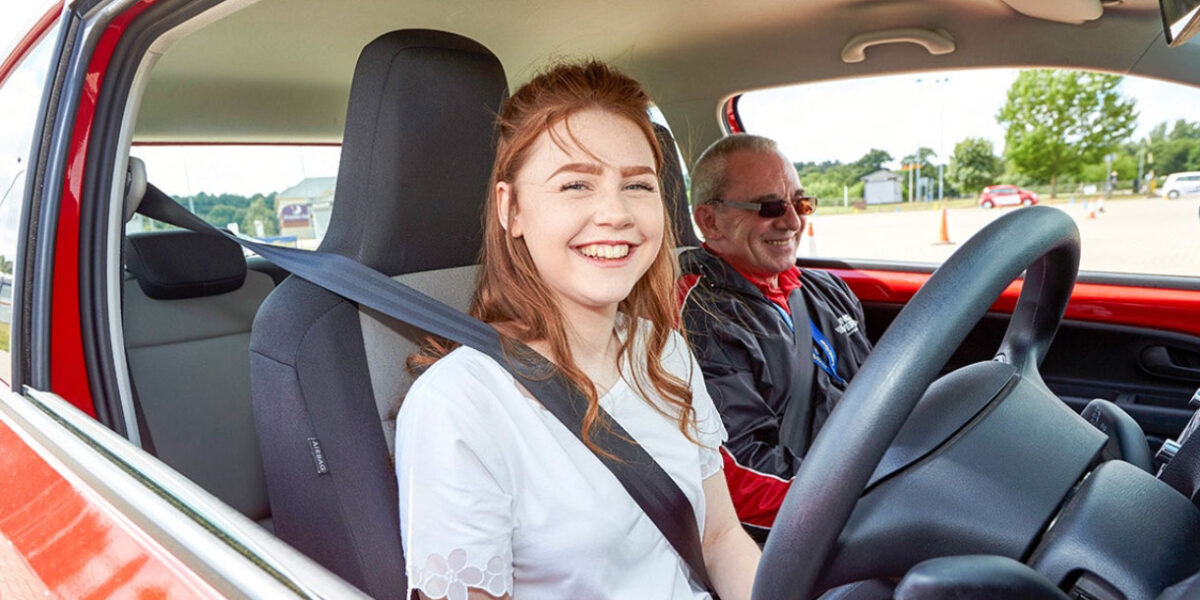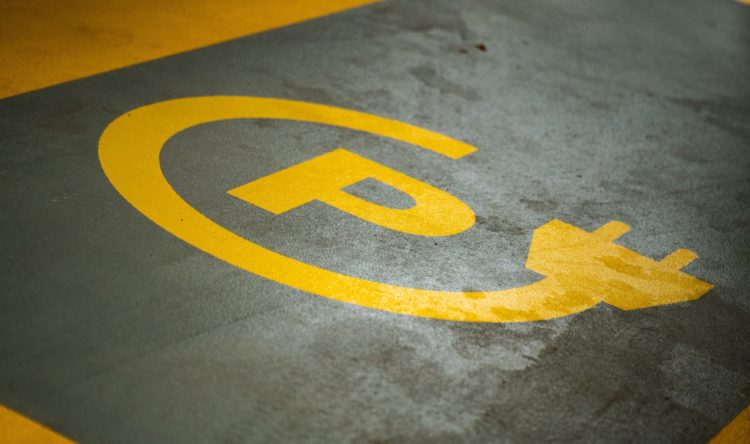Young minds behind the wheel
Should people learn to drive at a younger age
For 120 years, it’s been a legal requirement to be over 17-years old when driving a car on public roads.
When driving licences were first introduced in 1903, anyone aged 17 or older could apply. Interestingly, they didn’t need to take a test.
Older, not necessarily better
Compulsory testing was brought in on 1 June 1935 for all drivers and riders who started driving on or after 1 April 1934. Around 246,000 candidates applied.
However, in recent years, various sources have suggested that learning at this age may not actually be the best for road safety. At the age of 17 young people are going through huge hormonal, social, educational and general life changes. This inevitably affects the way they learn, concentration levels and general attitudes that are not directly conducive to a good learning mentality.
Various driving schools and groups have been running driver training clubs that take place on private land. Other road safety specialists have suggested lowering the legal learning age on public roads too. However, the law remains intact from 1935.
Rite of passage
Young Driver is again challenging whether 17 is the right age to learn to drive – even if that remains the age you’re allowed on the roads. Their scheme specialises in driving lessons and experiences for those not yet of a legal driving age. These take place on private property and with fully qualified instructors.
Two thirds of driving instructors surveyed by Young Driver (69%) admitted they felt youngsters learn better before they turn 17.
As instructors, they are in a unique position to be able to compare groups, teaching both over 17s on the road and 10-17 year olds at Young Driver.
Parents and professionals
The driving school also asked parents and newly qualified drivers themselves about attitudes to safety and risk at different ages.
Eighty two per cent of 2,400 parents questioned thought those aged 10 to 17 were more receptive to messages around risk and safety than over 17s.
Over 400 past pupils of the scheme, who are now aged 17 and over, were also surveyed. This found that 84% agreed they were more receptive to road safety messaging at a younger age.
Those opinions are also backed up by crash evidence. Drivers who have undertaken pre-17 driving lessons are significantly less likely to have a crash in the critical first six months after passing their driving test than the national average. The statistics dropping from one in five to one in 29.
However, it is important to keep in mind that many of those who take the pre-17 lessons are likely to be more responsibly minded. After all, they have paid out and spent time learning to drive years before being able to drive on public roads. However, the statistical evidence is impressive.
Soaking up the learning
“There are of course sensible reasons we don’t want young people driving on the roads before they reach 17,” states Sue Waterfield, head of marketing at Young Driver.
However, Sue continues : “Younger children are sponges who soak up all the practical information about how to physically drive, but they’re also very alert to the safety aspects of driving. You can take your time and really help them to feel comfortable with the controls of the car and things like braking distances and blind spots, before they get anywhere near a real road. Then at 17, on the roads, they can focus much more on how to drive safely around other road users. It also helps reduce the time and money spent on tuition once they are old enough to get their provisional licence and take their test.”
Teaching targets
Three quarters of the instructors surveyed (74%) said those who had pre-17 driving tuition usually need fewer on-the-road lessons.
Furthermore, 79% of instructors felt they could teach more in an hour at a private venue event than an hour spent on the road.
Driving instructor Anaya Saddall explains: “When you’re teaching someone aged 17/18, they are not always ‘in the car’ for much of their lesson time. Their minds may not be focused on driving, they are thinking about other stuff – be it work or exams, friends, social media or what they’re doing that evening. Younger kids concentrate and focus – when you deliver a driving lesson to a 12 year old, you can see that their mind is focusing 100% on driving. They are in the moment, not thinking of other things. That’s one reason they often learn more in half an hour than 17 year olds learn in an hour! The older age group also tend to have more preconceived ideas from parents and peers which can add complications.”






